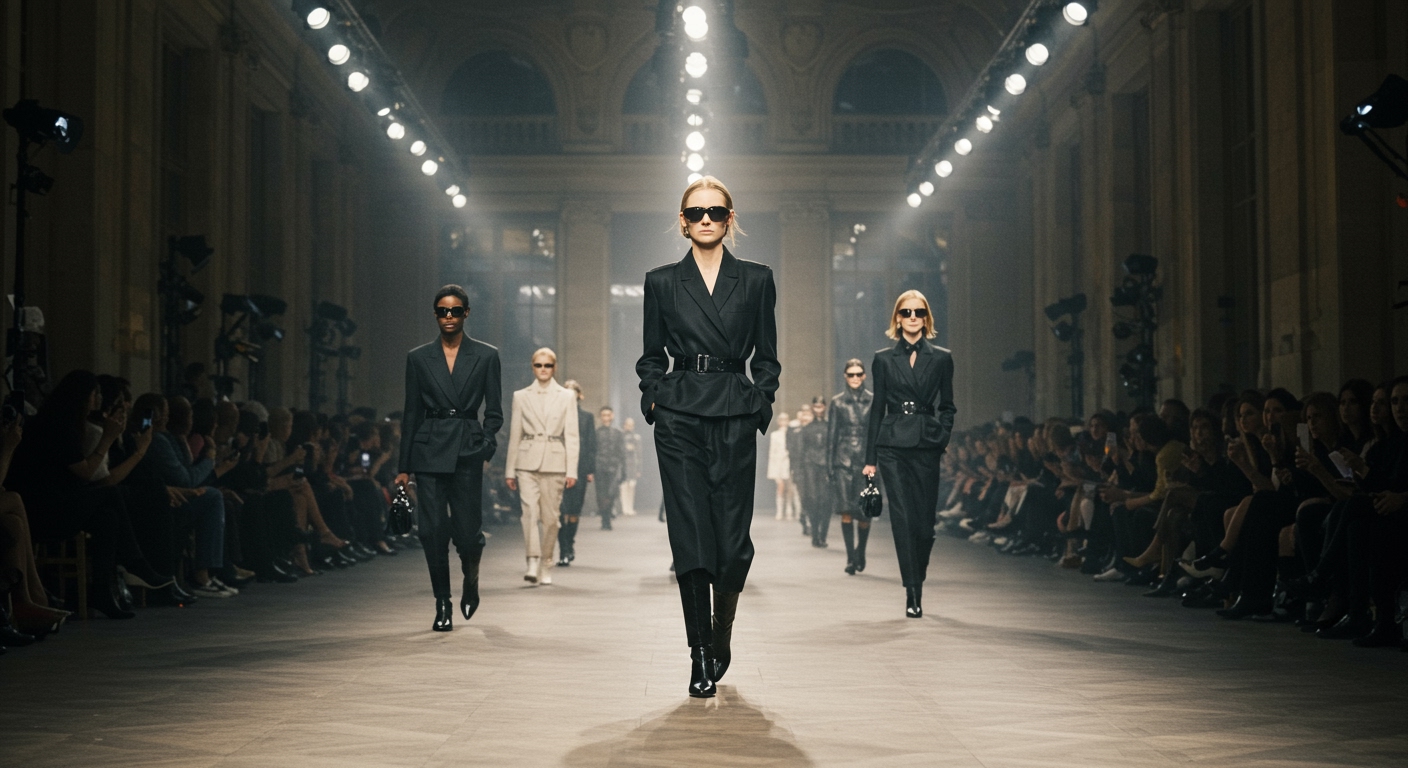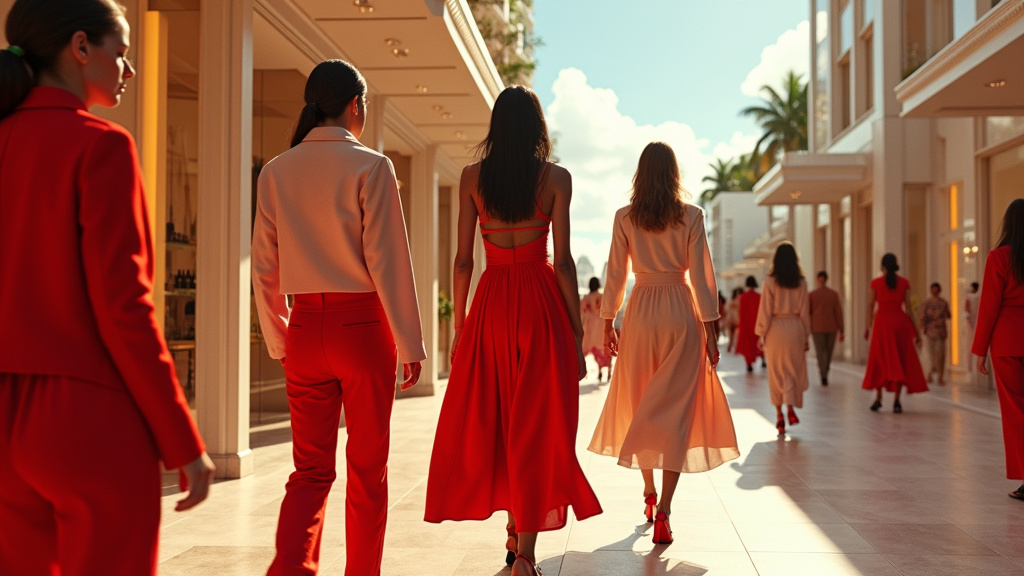Paris, France – The runways of the French capital are once again the epicentre of global fashion as Paris Haute Couture Week 2025 commences, setting the stage for the spring 2026 season and beyond. This installment of the prestigious event is marked by a mix of highly anticipated debuts, significant transitions at major houses, and notable shifts in participation, collectively painting a picture of an industry in dynamic evolution.
A focal point of this week is the much-anticipated debut of Michael Rider as the creative force at Celine. His first runway show for the maison is capturing significant international attention, signalling a new era for the LVMH-owned brand’s womenswear direction.
Celine’s New Chapter Under Michael Rider
Rider’s inaugural presentation for spring 2026 is reportedly designed to be a thoughtful blend of past and future. The collection pays tribute to the indelible legacies of two highly influential designers who previously shaped Celine: Phoebe Philo and Hedi Slimane. Philo’s tenure, spanning from 2008 to 2017, was defined by an era of refined, minimalist elegance that resonated deeply with a modern, intellectual woman. Following her departure, Slimane introduced a distinct rock-and-roll-infused aesthetic and a focus on youthful subcultures from 2018 to 2024, dramatically reorienting the brand’s image.
Rider’s challenge and opportunity lie in acknowledging these powerful, yet distinct, chapters of Celine’s history while simultaneously looking forwards. Industry observers are keen to see how Rider will synthesize these diverse influences or chart an entirely new course that respects the house’s heritage while establishing his own vision for the spring 2026 collection and subsequent seasons. His ability to define a compelling new narrative for Celine will be closely watched throughout the week.
Shifting Landscape: Notable Absences and Transitions
This edition of Paris Haute Couture Week is also notable for the absence of several prominent names. Both Dior and Valentino are not participating in this haute couture week, a decision that highlights potential strategic realignments by these major houses in how they choose to present their collections or engage with the couture calendar. Their absence marks a significant deviation from the traditional lineup and prompts questions about the evolving nature of couture showcases in the contemporary fashion landscape.
Adding to the week’s sense of flux is the uncertainty surrounding Giorgio Armani’s attendance at his Armani Privé show. While the collection is expected to be presented, the potential absence of the iconic designer himself underscores the dynamic and sometimes unpredictable nature of the global fashion calendar.
Transitions are also underway at other venerable houses. Balenciaga is set to present what is understood to be Demna’s final couture collection for the brand. This show is anticipated to be a concluding statement from a designer who brought a disruptive, conceptual edge to haute couture, paving the way for the imminent arrival of Pierpaolo Piccioli, formerly of Valentino, who is slated to take over the reins of Balenciaga’s creative direction. Piccioli’s vision for the house following Demna’s era is another key narrative thread of the season.
Similarly, Chanel’s show is by the in-house studio team this week. This presentation maintains continuity and showcases the skilled artisans within the atelier, acting as a bridge ahead of the highly anticipated debut of Matthieu Blazy, the former Bottega Veneta creative director, who is expected to unveil his first collection for the house in October. This transitional period allows the focus to remain on the craftsmanship inherent to Chanel couture while anticipating a new creative perspective.
Another debut generating considerable buzz is that of Glenn Martens at Maison Margiela. Known for his innovative and often experimental approach to design at brands like Y/Project and Diesel, Glenn Martens’ debut at Maison Margiela is also highly anticipated within the couture sphere, promising a fresh, possibly avant-garde interpretation of the maison’s unique heritage under his direction.
Patou’s Spring/Summer 2026 Offering
Amidst the high drama of couture debuts and transitions, the LVMH-owned brand Patou also showcased its spring/summer 2026 collection. Under the artistic direction of Guillaume Henry, Patou presented a collection characterized by a focus on playful yet sophisticated femininity. The key elements featured included classic polka dots, romantic roses, tailored skirt suits, and delicate lace dresses. Henry’s vision for Patou offers a distinct, accessible expression of Parisian style, showcasing vibrant energy and refined detailing within the broader context of the week’s events.
Conclusion
Paris Haute Couture Week 2025 is shaping up to be a pivotal season, marked by significant changes in creative leadership and strategic directions across the industry’s most influential houses. From Michael Rider’s debut forging a new path at Celine that acknowledges its rich, varied past, to the notable absences of traditional participants and the anticipation surrounding transitions at Balenciaga and Chanel, the week underscores a period of evolution. Alongside these shifts, brands like Patou under Guillaume Henry continue to present their distinct visions, confirming Paris’s enduring role as the global epicentre for fashion innovation and craftsmanship, even as the industry landscape continues to transform.





